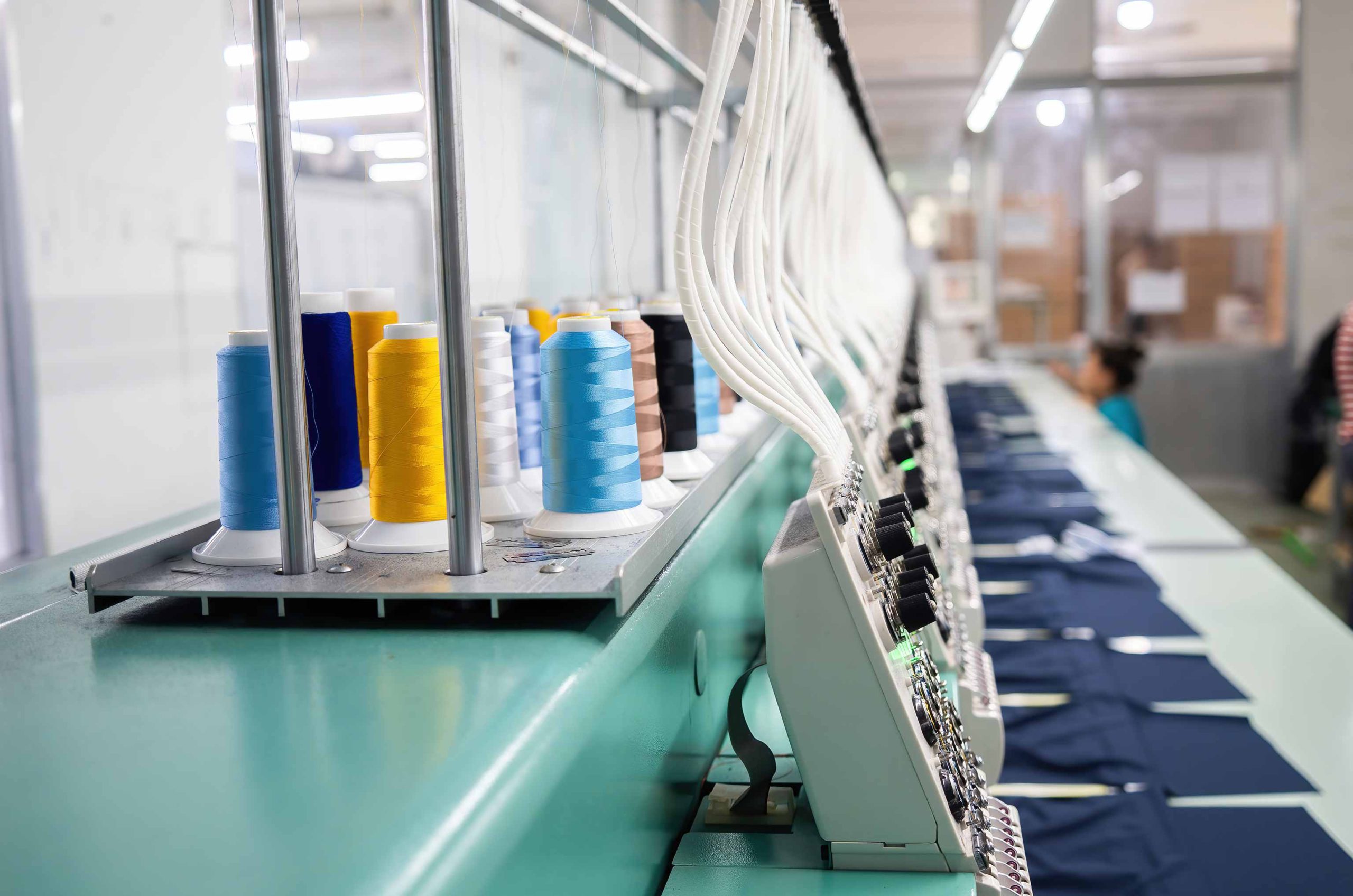The fast fashion cheat sheet: Everything you need to know
-
Introduction
Over the past 20 years, fashion has changed a lot. Earlier people used to go shopping occasionally, but we literally have concepts like window shopping and retail therapy.
According to the book Overdressed: The Shockingly High Cost of Cheap Fashion, “People used to buy 9 outfits in a year, but now an average person buys 64 outfits per year”. You might have also experienced the same. Just think about it. How frequently do you go shopping and change your wardrobe? Now, compare this with how often your parents or their parents used to go shopping for clothes during their time.
The numbers today are extremely high when compared to the last three decades. But why is that? This is because production costs have decreased over time (bringing down product costs), purchasing power has improved, and trends change very frequently. And social media has turned shopping into a hobby. All of this boils down to one big culprit: fast fashion.
-
What is fast fashion?
Fast Fashion is the business model where trendy clothes are copied from runways, mass produced and sold in retail shops as soon as possible to fulfil customer demand at its peak.
The idea behind fast fashion is to bring the latest collections to the market as soon as possible and at the lowest possible price. It plays into the idea that repeating clothes is ’not cool,’ and you have to buy the latest looks as soon as they hit the shelves.
Before we learn more about fast fashion, let’s see where and how the concept of fast fashion came to be:
-
The history of fast fashion
During the 1800s, apparel production was a slow and tedious process. It could take days or weeks (and even months) to make a single dress. However, the industrial revolution and the introduction of new technologies like sewing machines and textile machines, things changed. Mass production became easier giving birth to the concept of ‘ready-made garments.’
It was now much easier, cheaper and faster to make a dress. Several dressmaking businesses came up and were making clothes for the newly minted middle class. While fast fashion was not a thing yet, these shops could be termed the early beginnings of the modern clothing factory or ‘sweat shop.’ These developments also coincided with the launch new man-made fabrics like nylon and polyester. All of this significantly brought down the cost of creating a new garment.
By the 1960s and ‘70s, people started creating their own designs and brands started outsourcing textile production to developing countries. Far from its utilitarian image, fashion became a way to express one’s personality.
In the 1990s and 2000s, fast fashion was in full swing. Retailers like Zara, H&M and Primark pioneered and gained huge success on a business model that later came to be known as fast fashion. The terms itself was coined by a New York Times writer who used ‘fast fashion’ to describe Zara founder Amancio Ortega’s mission. Ortega said it would take just ‘15 days for a garment to go from a designer’s brain to being sold on the racks’ at Zara stores.
Today, the rise of online retailers, social media and fashion influencers have all added further fuel to the fire of fast fashion. The current scenario is such that Fashion Nova’s CEO has said the online retailer ‘launches about 600 to 900 new styles every week.’
Has the rapid and exponential rise of fashion been a boon or bane for the industry? Let’s find out by taking a closer look at the pros and cons of fast fashion.
-
Pros and cons of fast fashion
Pros of fast fashion
Affordable – Fast fashion brands work with factories in developing nations where labor costs are low. This decreases the overall cost of production and that’s why they are able to retail their items at a cheaper price. Moreover, it also improves customer satisfaction because shoppers can choose from a wide selection of styles at affordable rates.
Accessible – As the production cost is low, it allows brands to produce clothing in large numbers in a short amount of time. On the other hand, consumers can’t ignore fast fashion as it gives them access to the latest trends in both offline and online stores. So, the collection from fast fashion brands is easily accessible to the consumers.
Cons of fast fashion
Environmental Impact – The rising customer demand to stay updated with the latest trends and the rate at which people want them increases the waste generated from discarded clothing. It is estimated that 1 garbage truck full of clothes is burned or dumped every second. What’s more, garment production contributes to around 10% of the total carbon emissions, depletes natural water resources and pollutes our rivers and streams. This makes the fashion industry the second most polluted after the oil industry.
Human Rights Violation – Apart from the environmental effects, fast fashion also affects the labor force working in its factories to produce the garments. The 2013 Rana Plaza Accident in Bangladesh is an example how unsafe it is to work in garment factories. Apart from big accidents, some of the common problems faced by laborers are skin disease due to harsh chemicals, lung infection due to poor ventilation, physical and mental trauma due to poor treatment, low wages and inhumane working hours.
Both the pros and cons of fast fashion depict that it is not easy to manage a fast fashion brand. Managing so many collections and simultaneously taking care of its impact on the environment and workforce is no cakewalk. Let’s dig deep into some problems faced by fast fashion brands.
-
Problems faced by fast fashion brands
Though fast fashion is getting a lot of attention, it is still difficult for fast fashion brands to survive because of two major problems. One is the environmental effect they cause, and the other is the lack of transparency in their supply chain.
- To cope with environmental damage, brands need to plan a better end use for their products. They can buy back their products, repair them and resell them to the consumers. Also, they can adopt the rental model of ownership where consumers can pay for garments on a monthly or yearly basis. This could decrease waste, and fewer resources will be used compared to making the garments from scratch.
- The second most common problem in fast fashion is the lack of production transparency. With a highly fragmented and global supply chain, it becomes very difficult for fast fashion brands to track every product. Using manual ways to track the production process is next to impossible. PLM software can be the perfect solution for these brands. A dedicated fashion PLM stores all the data in a centralized repository, giving you more visibility into the production process and creating a single version of truth for all users.
-
Conclusion
The fashion industry is changing, and so are fast fashion brands. Fast fashion brands, from H&M to Shein, are trying their best to adopt sustainable practices. Whether their efforts are enough or not is a debate for another day. And this debate will continue as long as shoppers love buying the latest trends.
Fortunately, there’s plenty of new technology in the market to help them overcome hurdles and be more environmentally friendly at the same time. Digital product creation and fashion PLM (product lifecycle management) software programs are helping brands get to market faster while reducing waste and saving money!
Take the green route with PLM. Read this blog to learn more!










